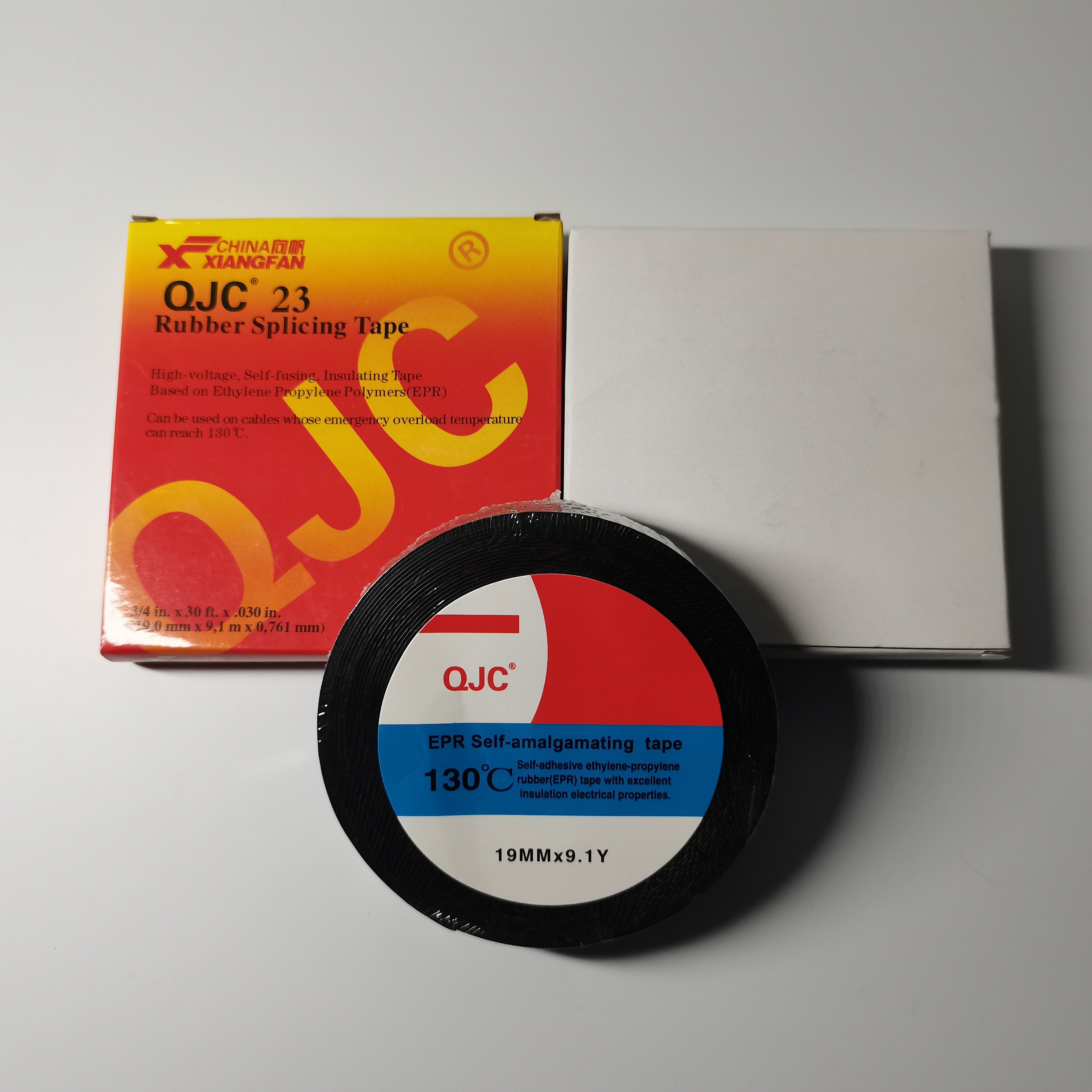The Essential Role of Fire Seal Tape in Building Safety
In the realm of construction and building safety, fire seal tape serves as an underestimated hero. Often overlooked, this specialized tape plays a crucial role in preventing the spread of smoke and flames during a fire, safeguarding lives and property.
Fire seal tape is designed to provide an effective barrier against smoke and fire. Typically made from intumescent materials, which expand when exposed to high temperatures, this tape seals gaps and joints in walls, floors, and ceilings, where a fire might travel. This expansion creates a tight seal, limiting the movement of smoke and flames, thus increasing the time occupants have to evacuate and allowing emergency services to respond more effectively.
One of the primary applications of fire seal tape is in the construction of fire-rated walls and ceilings. Building codes often require specific fire-resistance ratings for different structures, and fire seal tape is an integral part of achieving these standards. When installed correctly, the tape helps to maintain the integrity of fire-rated assemblies, ensuring that they function as intended during a fire situation.
fire seal tape

In addition to its role in fire-rated constructions, fire seal tape is also vital in preventing smoke infiltration in places of high occupancy like theaters, hotels, and office buildings. Smoke can spread rapidly, often faster than fire itself. By using fire seal tape to seal gaps around doors, windows, and other openings, architects and builders can significantly reduce the risk of smoke spreading throughout a building, thereby protecting both its occupants and valuable property.
Moreover, the installation of fire seal tape is relatively straightforward, making it a cost-effective solution for enhancing fire safety. It can be applied to a variety of surfaces and can conform to intricate shapes and contours, ensuring a snug fit and maximized protection. When combined with other fire safety measures, such as fire doors and sprinkler systems, the effectiveness of fire seal tape is exponentially increased.
It is also important to consider regular maintenance and inspections of fire seal tape installations. Over time, environmental factors such as humidity, temperature changes, and wear can degrade the tape's performance. Building management teams should schedule routine checks to ensure that all fire seal tape is intact and functioning properly. This proactive approach will ensure that the fire safety measures in place remain effective.
In conclusion, the importance of fire seal tape can hardly be overstated. Its ability to prevent the spread of fire and smoke makes it a crucial component in the overall strategy for fire safety in buildings. As we continue to prioritize safety in construction and renovation projects, professionals should always consider integrating high-quality fire seal tape into their designs. By doing so, they contribute to creating safer environments and potentially saving lives in the event of a fire. As awareness grows about fire safety standards and materials, fire seal tape is destined to receive the recognition it rightly deserves as an indispensable element of building safety.
-
XIANGFAN Rubber Tape-Ultimate Solutions for All Your Insulation NeedsNewsJun.24,2025
-
XIANGFAN Rubber Tape-Protection for Industrial and Residential ApplicationsNewsJun.24,2025
-
XIANGFAN Rubber Tape: Superior Safety and Sealing for Demanding EnvironmentsNewsJun.24,2025
-
XIANGFAN Rubber Tape: Reliable Solutions for Every Electrical ChallengeNewsJun.24,2025
-
XIANGFAN Electrical & Industrial Tape: Powering Reliability Across IndustriesNewsJun.24,2025
-
XIANGFAN Electrical & Industrial Tape: Excellence in Every ApplicationNewsJun.24,2025
